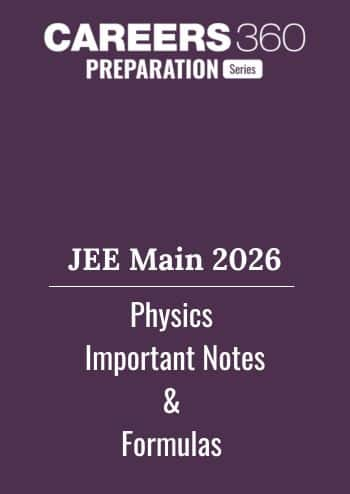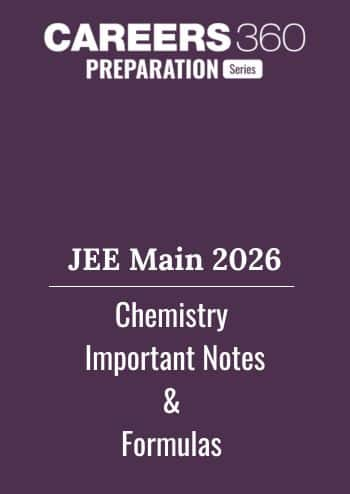Atomic Mass And Molecular Mass - Practice Questions & MCQ
Quick Facts
-
12 Questions around this concept.
Solve by difficulty
amu is measure of
Mass of one atom of Oxygen will be
What is the molar mass of $\mathrm{CaSO}_4$ ?
Latest: Free All-India JEE Main 2026 Mock Test - Attempt Now
JEE Main Sample Papers: Physics | Chemistry | Maths | Top 30 Repeated Questions
JEE Main QP & Mock: Previous 10 Year Questions | Chapter Wise PYQs | Mock test Series
JEE Main Most Scoring Concept: January 2025 Session | April 2025 Session | Overall
Concepts Covered - 1
Atomic Mass :
One atomic mass unit is defined as a mass exactly equal to one-twelfth the mass of one carbon - 12 atom.
And 1 amu = 1.66056 x 10-24 g
Mass of an atom of hydrogen = 1.6736 x 10-24 g
Thus, in terms of amu, the mass of hydrogen atom
$=\frac{1.6736 \times 10^{-24} \mathrm{gm}}{1.66056 \times 10^{-24} \mathrm{gm}}$
= 1.0078 amu
= 1.0080 amu
Similarly, the mass of oxygen - 16 (16O) atom would be 15.995 amu.
Today, 'amu' has been replaced by 'u' which is known as unified mass.
When we use atomic masses of elements in calculations, we actually use average atomic masses of elements which are explained.
Average Atomic Mass :
Many naturally occurring elements exist as more than one isotope. When we take into account the existence of these isotopes and their relative abundance (percent occurrence), the average atomic mass of that element can be computed.
Average Atomic Mass $=\frac{\Sigma(\text { Mass of Isotopes })_i \times(\% \text { abundance })_i}{100}$
In the periodic table of elements, the atomic masses mentioned for different elements actually represented their average atomic masses.
Molecular Mass :
Molecular mass is the sum of the atomic masses of the elements present in a molecule. It is obtained by multiplying the atomic mass of each element by the number of its atoms and adding them together.
Formula Mass :

It may be noted that in sodium chloride, One Na+ is surrounded by six CI- and vice-versa. The formula such as NaCI is used to calculate the formula mass instead of molecular mass as in the solid-state sodium chloride does not exist as a single entity.
Thus. formula mass of sodium chloride = atomic mass of sodium + atomic mass of chlorine
= 23.0 u + 35.5 u = 58.5 u
Study it with Videos
"Stay in the loop. Receive exam news, study resources, and expert advice!"













